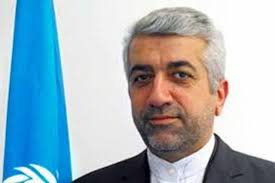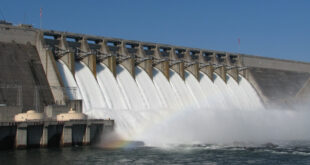Iran Energy Minister. Reza Ardekanian. described the situation of the regions affected by the water crisis during a meeting of regime officials.
Adekanian said that `65 cities with a population of 10.5 million are in the yellow sector. 62 cities representing 6.8 million people are in the orange sector. and 107 cities with 17.2 million people are in the red sector. This shows that a total of 334 cities are currently affected by the water crisis`.
Muhsin Mehr-Alizadeh. the governor of Isfahan province. acknowledged the water crisis in a statement he made on April 13. `The state`s drought is actually paralysing everything. – he said – The capacity we have to provide the province`s 5.2 million with clean water during the hot season has been alarmingly reduced`.
The fact that the government officials are actually giving the alarm about the water crisis is interpreted as a sign of the fact that indeed the crisis is much deeper.
Reuters. writing on information provided by a local journalist. had already warned in March that the Varzaneh area in the province of Isfahan. was suffering a serious drought situation. The journalist. who had not given his name. said that the drought was partially the result of the bad administration of water.
The water crisis is already seriously affecting living conditions as well as resources and agriculture. Agriculturists are said to have made a under the table deal to change the course of rivers according to their own interests and needs.
This unprecedented crisis puts the lives of millions of people at risk. The official figures released refer to 2018. It was then said that the country was on the verge of drought. Earlier. officials stated that the water rate at the dams in the province of Cuza had dropped to 20 percent. That means 80 percent of the water was gone.
Official figures show that Dez dam is only at 10 percent of its full capacity. Şarkeh dam at 30 percent. Morud dam at 31 percent and Careh dam at 30 percent.
 Iran Energy News Oil, Gas, Petrochemical and Energy Field Specialized Channel
Iran Energy News Oil, Gas, Petrochemical and Energy Field Specialized Channel




